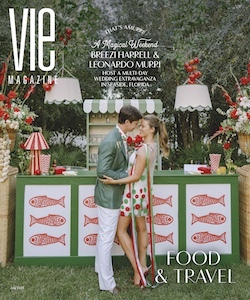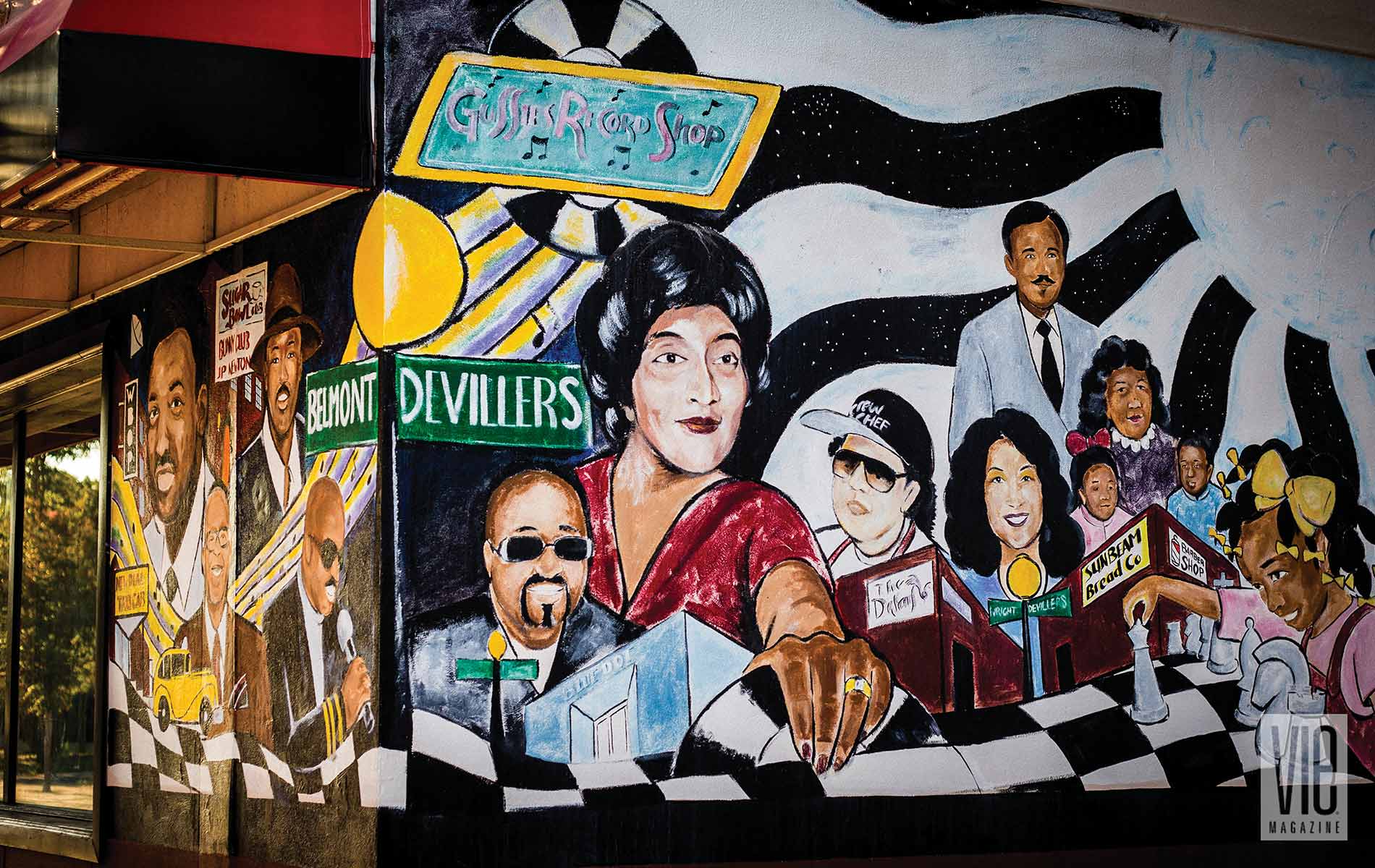
vie-magazine-blues-pensacola-hero
Finding the Blues in the City of Five Flags
Pensacola’s Belmont-DeVilliers district, once a thriving entertainment hub, makes a comeback
By T.S. Strickland | Photography by Invoking Media
It’s five o’clock on a Sunday, and Willie Jackson stands at the corner of a dimly lit bar inside the DeVilliers Cultural Heritage Museum.
In front of him, about two dozen people are seated at tables or in scattered chairs, many dressed in their Sunday best. A few enjoy plates of collard greens and baked chicken, while others sway back and forth in their seats or stand fanning themselves and shouting “Hallelujah!” in time with the music.
It’s Back to Gospel night at the museum, which is housed inside the historic Bunny Club in Pensacola’s Belmont-DeVilliers district, and Jackson is the evening’s distinguished host. His band, the Heavenly Stars, plays at the museum each month.
Tonight, they’re sharing the stage with another group whose leader’s lung capacity seems matched only by his stamina. He paces back and forth while singing, spreading his arms heavenward, and mopping the sweat from his brow with a four-foot-long cloth, which trails behind him like a bridal train.
Jackson watches the holy commotion from the bar, looking dapper in his jet-black suit and homburg hat. His shirt and tie are lilac and royal purple, and he keeps a matching handkerchief tucked neatly into his breast pocket. Deep lines descend from either side of his broad nose, joining with a neat, gray beard. The wrinkles—the only ones on his face—seem to hint at Jackson’s capacity for joy more than anything else.
He has at least one reason to keep smiling these days. The neighborhood, which locals know simply as “the Blocks,” is on the verge of a rebirth, with a wave of investment bringing new life into what was once the center of business and culture for the city’s African American community. At the center of this story, as has always been the case in the Blocks, is the music.
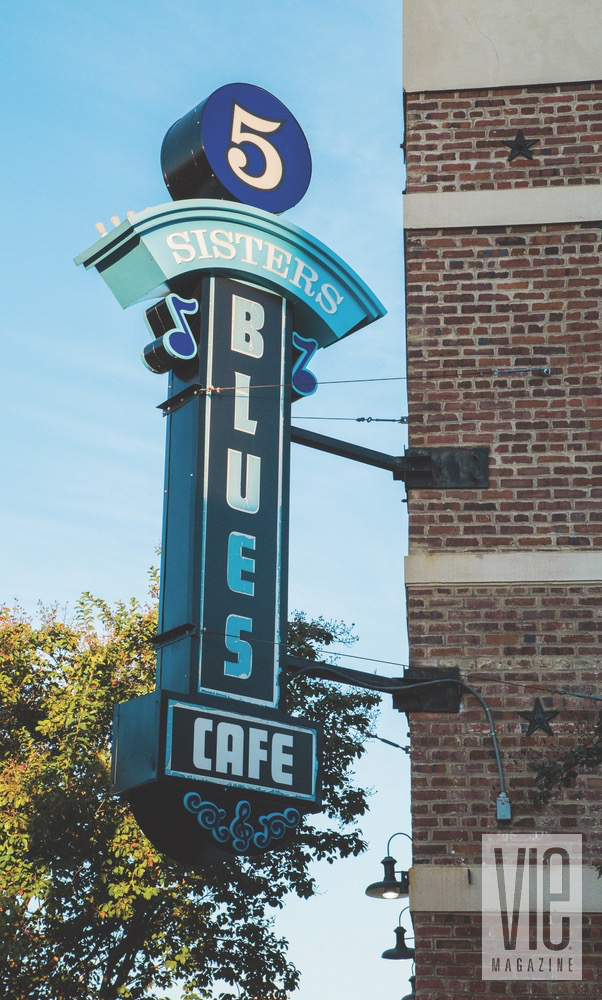
Jim Crow and Ambassador Satch
The Bunny Club is no stranger to rhythm. For the better half of the twentieth century, it was filled with the stuff—though, perhaps, of a less holy variety than Jackson’s.
The Belmont-DeVilliers neighborhood was the center of black life in Pensacola during the segregation era, when Jim Crow laws and mounting racial tension pushed most black business owners out of the city center. The Blocks became a place of refuge, a “city within a city” on the western fringe of downtown Pensacola.
Outside the neighborhood, life was rough for the city’s black residents, but, within the Blocks, business boomed. As the economy thrived, so did the entertainment industry.
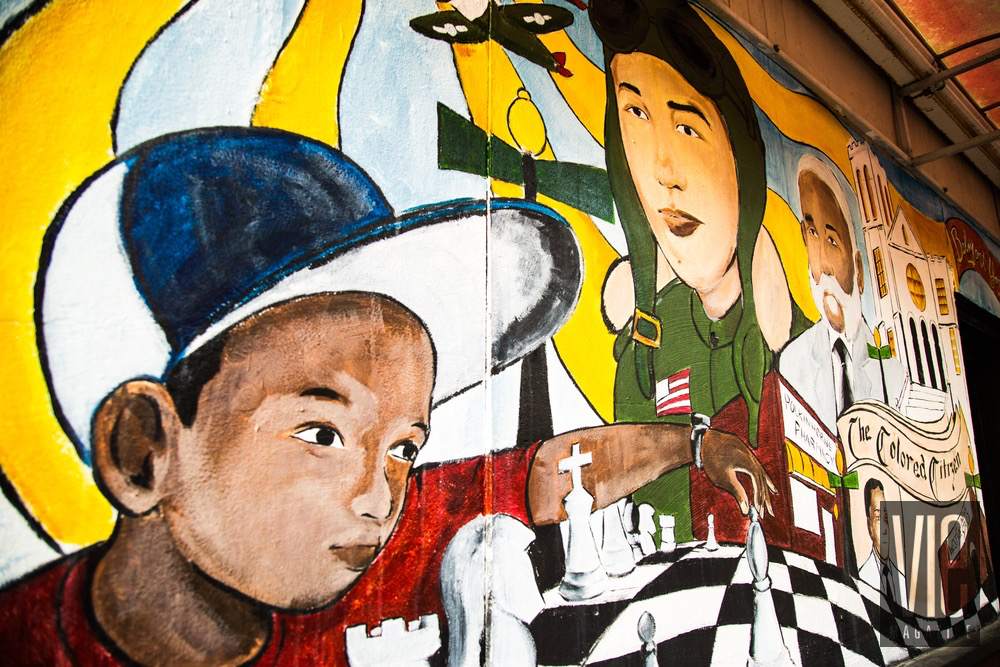
The area hit its stride in the 1940s, ’50s, and ’60s, when a string of nightclubs hosted some of the most iconic names in American music. There was the Bunny Club, of course. Then, there was the Saber Club and Abe’s 506 Club next door. Across the street was the grand dame of Pensacola nightclubs, the Savoy Gardens (also known as the Savoy Ballroom), which later merged with Abe’s and became the Savoy 506.
Through the decades, the Blocks played host to such artists as Louis Armstrong, Aretha Franklin, Ike and Tina Turner, and Fats Domino. Blues musician Sam McClain, who would later be nominated for a Grammy, was a regular performer at Abe’s 506 in the early 1960s, where he was “discovered” by disc jockey Papa Don Schroeder.
Jackson moved to the Blocks at the end of this era, in 1969. He remembers it fondly. Standing outside the Bunny Club, he points south, across Belmont Street, to where the Savoy 506 used to stand.
“In the 506, you had different sections,” he says. “You had your lounge downstairs, when you first walked in. Then, you had the Stardust Room upstairs, where you’d get the live band. They’d play by the window, and the window would be up, so you could be coming around the corner and you’d hear the music. People in the neighborhood could hear it. It really was a good time.”
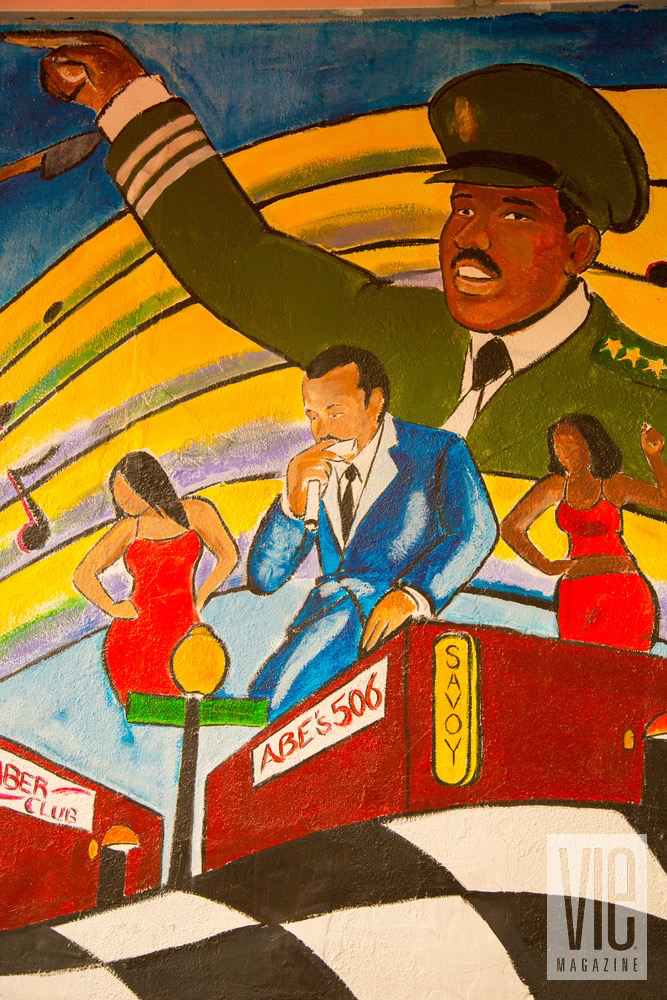
The Chitlin’ Circuit and the Birth of Rock ’n’ Roll
In those days, Belmont-DeVilliers was part of what is now known as the Chitlin’ Circuit, a network of black-owned music venues, talent agencies, and promoters that sprang to life in the nation’s “dark towns” during World War I and nurtured some of the biggest names in American music.
In his definitive history of the subject, The Chitlin’ Circuit and the Road to Rock ’n’ Roll, author Preston Lauterbach argues that the circuit was integral to the birth of rock ’n’ roll. “B.B. King, Ray Charles, James Brown—all of these guys started on the Chitlin’ Circuit,” he says. Belmont-DeVilliers and other neighborhoods like it nurtured the careers of artists who might otherwise have been left without a platform.
Still, life on the circuit wasn’t easy. Often, it was exhausting.
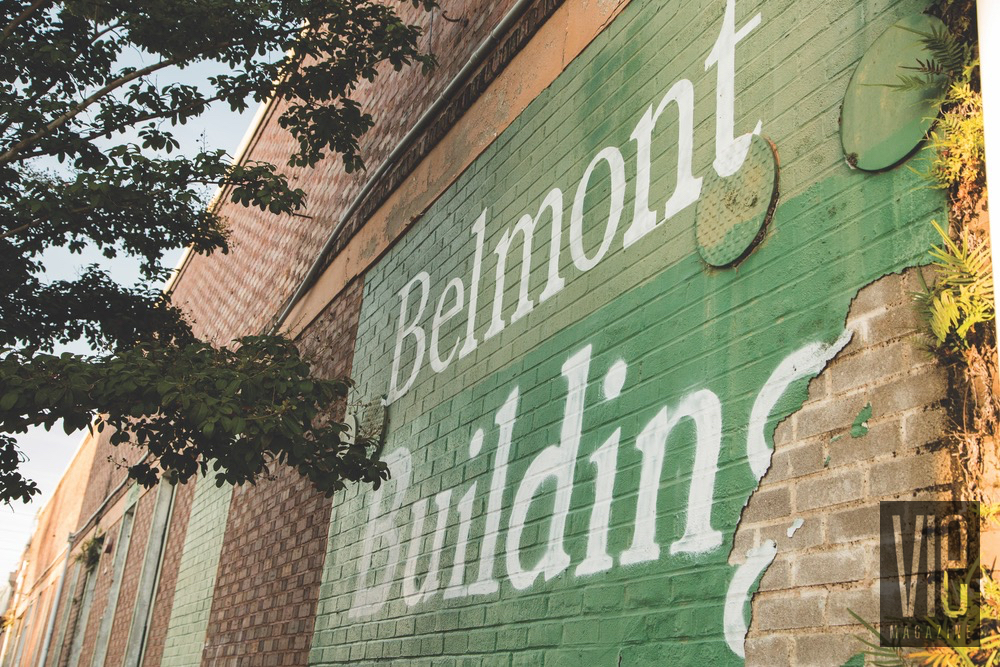
You hear B.B. King talk about having to end a gig at two or three o’clock in the morning, get in the bus, drive five hundred miles, get a few winks of sleep, and do it again. That’s what the circuit was really about.
“They did one-nighters,” Lauterbach says, “so it was this whole hub-and-spoke kind of system where the artists would have gigs booked one night after one night after one night. I mean—you hear B.B. King talk about having to end a gig at two or three o’clock in the morning, get in the bus, drive five hundred miles, get a few winks of sleep, and do it again. That’s what the circuit was really about.”
It was this hardscrabble reality, in Lauterbach’s view, that inspired the name “Chitlin’ Circuit” in the first place. “The venues were either themselves chitlin’ joints, or they were connected to chitlin’ cafés,” he says, “so I think it had some literal connection, but I think it had more of a spiritual meaning as well. You know, the chitlin’ is the hog intestine. It’s not a very appealing cut of meat, and yet African Americans turned it into cuisine, and the culture on the Chitlin’ Circuit is sort of the same thing. I mean, they took what little American society gave them and made something beautiful out of it.”
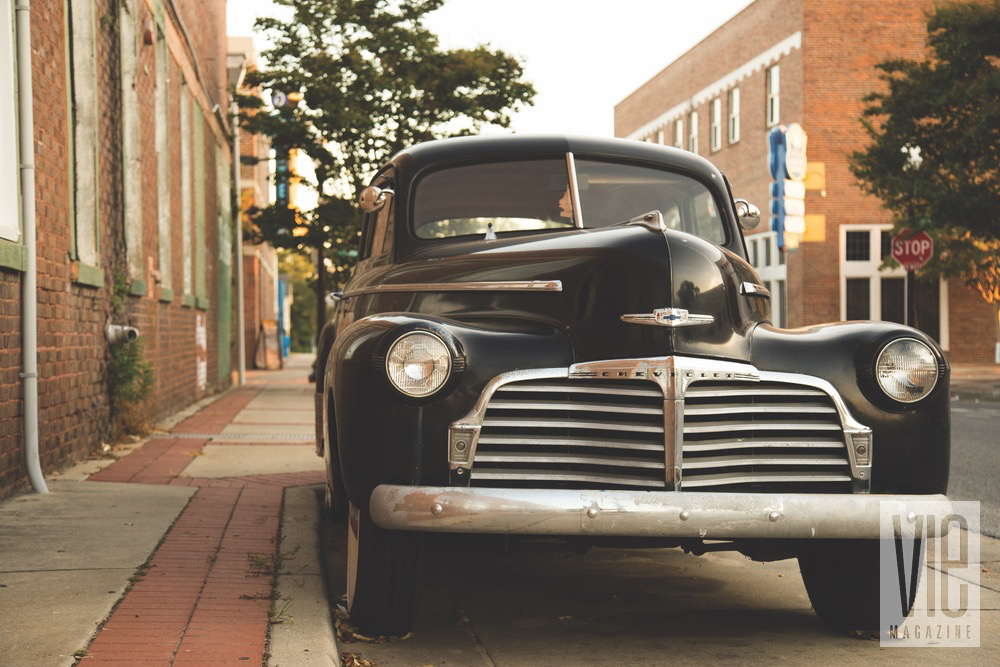
Integration and the End of an Era
It is an ironic but generally agreed-upon fact that the end of segregation spurred the decline of black business districts like Belmont-DeVilliers.
As the specter of Jim Crow withdrew from the South, many black Americans were eager to explore their new economic freedom. In many cases, that meant venturing into areas that, until then, had been off limits. However, as more and more blacks began to patronize white businesses, black businesses suffered.
“Desegregation—the ability for people who used to work and play in a confined area to go wherever they pleased—definitely upset the economic base for these clubs,” Lauterbach says. Bigger changes in the music industry didn’t help matters, either. “Being able to make gobs of money in records definitely changed the shape of the music business, and everything got bigger, again, with integration. Black acts could play stadium concerts, venues that had been off limits to them with the old way.”
And, so, the music slowly faded in Belmont-DeVilliers. As businesses moved out, crime and blight muscled in, and the neighborhood’s proud history was all but forgotten.
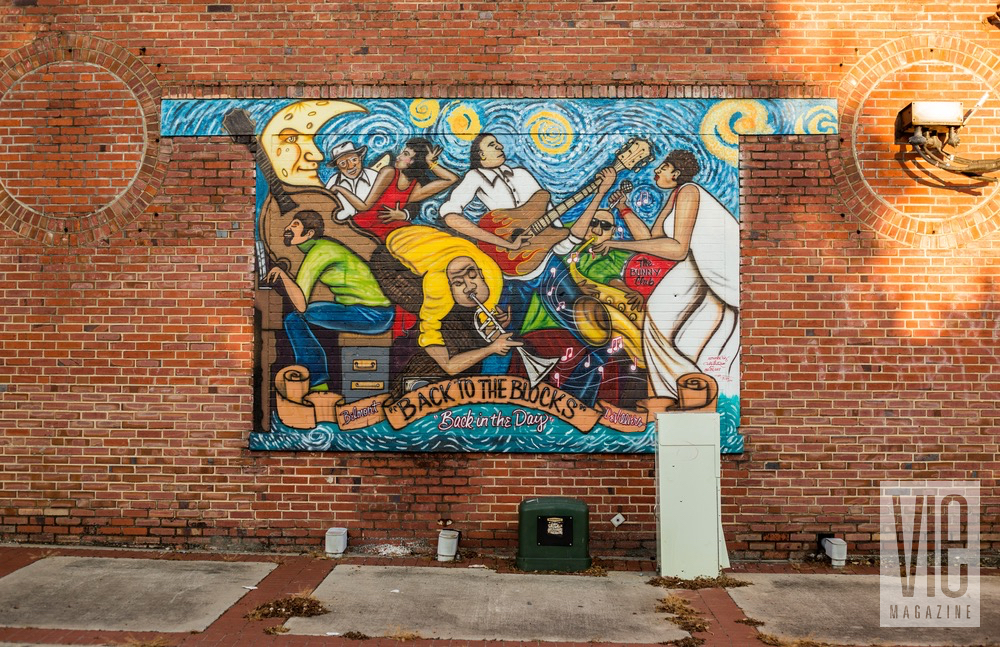
A Story of Resilience
By the time Robin Reshard arrived in Pensacola in the early 1990s, most of the storefronts in Belmont-DeVilliers had been shuttered for a long time.
She had come to the area to train as a military cryptologist and encountered Belmont-DeVilliers on an informal list of “places not to go” that was given out to new recruits. Intrigued by the unusual-sounding name, she asked some of her colleagues to tell her more.
“That’s where black folks go,” she was told.
“Well, then, that sounds like my kind of place,” she recalls saying.
Reshard first visited the neighborhood one weekend after a night out with friends. She had a sandwich from the Dwarf Chicken Stand—a late-night neighborhood staple that’s been there for decades—and was hooked. She is now one of the neighborhood’s biggest advocates. She recently completed a documentary on the history of Belmont-DeVilliers, and her production company is headquartered across the street from the Bunny Club in a renovated furniture warehouse owned by architect Eddie Todd and developer Quint Studer.
Reshard is optimistic about the neighborhood’s future—and with good reason. Downtown Pensacola is booming, and growth is starting to trickle outside the city’s commercial core. As development creeps westward, Belmont-DeVilliers is poised for growth. The signs are already visible.
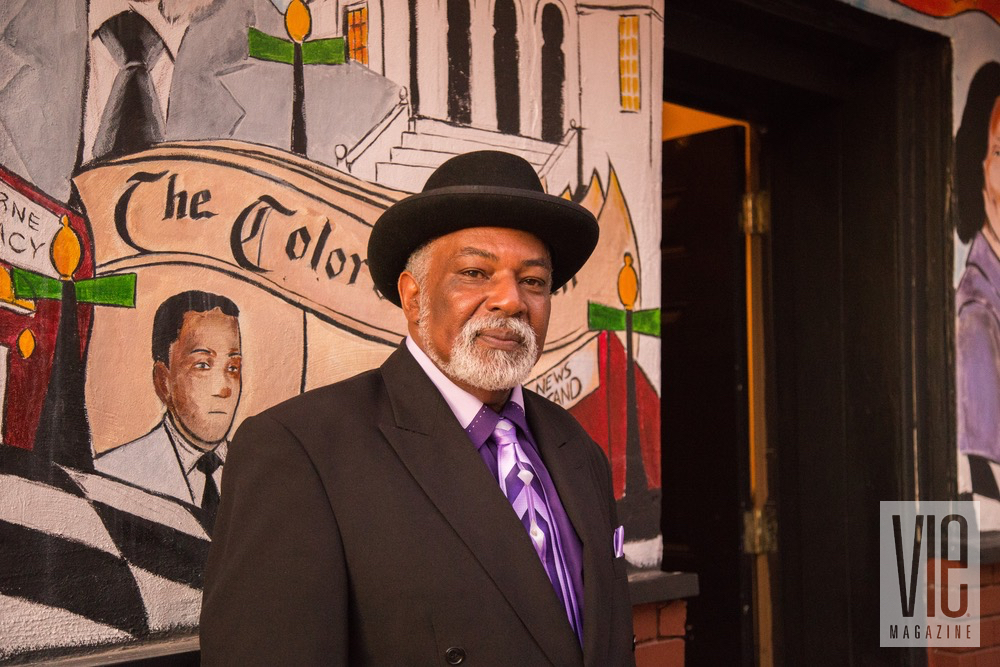
Todd and Studer’s DeVilliers Square building is one example. The renovated, three-story building houses low-cost office space for a number of small businesses. The University of West Florida’s Innovation Institute moved into the top floor of the building in January 2014, and Studer Properties moved into the ground floor, relocating from its old digs in downtown Pensacola, last year.
Located just across the street is Five Sisters Blues Cafe. The restaurant, which opened six years ago, sits on the former site of one of the neighborhood’s earliest nightspots, the Two Cronies saloon, which opened in the late 1800s. The brick building’s association with music and merriment continued well into the twentieth and twenty-first centuries, and the renovated structure was home to both Gussie’s Record Shop and WBOP radio in decades past. Today, Five Sisters serves up classic soul foods like pot roast, fried chicken, and red beans and rice, and it hosts live jazz and blues performances on the weekends. The restaurant has enjoyed tremendous success since opening and was recently bought by the Great Southern Restaurants group, which also owns Pensacola staples Jackson’s Steakhouse, the Fish House, and Atlas Oyster House. The acquisition is a sign of just how far the neighborhood has come in the last few years.
The resurgence isn’t really a surprise: it’s very much in keeping with the story of the Blocks—a place that could wring flavor out of something foul and find beauty in the midst of brutality.
To Reshard, the resurgence isn’t really a surprise: it’s very much in keeping with the story of the Blocks—a place that could wring flavor out of something foul and find beauty in the midst of brutality. It is this history that drew her to the neighborhood, and it is this “spirit,” she says, that will sustain the Blocks in the years ahead. “I think our future lies in observing and celebrating our past,” she says. “It’s a story of resilience.”
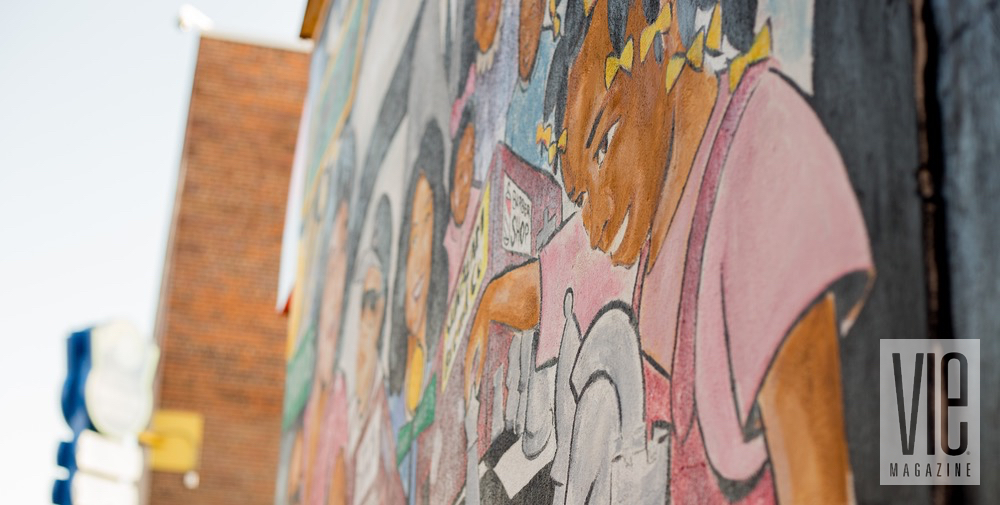
Back to the Blocks
It’s been an hour since the last brunch stragglers headed home from Five Sisters Blues Cafe. At the Back to Gospel event, things are just winding down.
Around six o’clock in the evening, the final notes fade out over the sidewalks. The holy hopper wipes the last bead of sweat from his brow. The final spoonful of collard juice is savored and the last hallelujahs whispered, and, then, the doors are closed.
Jackson moves from his station by the bar and steps through a stage-side door out onto the sidewalk. While the band members break down the equipment, he reminisces.
“The Bunny Club would be popping until twelve, one o’clock in the morning,” he says. “We’d go there, and then to the Elks right around the corner. It was after hours, the Elks Club. And then you got the Saber, and a lot of times, daylight caught us coming up out of there.” He smiles. “But it was good times.”
Jackson’s cousin, Michael Allen, owns the Bunny Club building and plans to renovate the old Saber Club and reopen it as a sports bar.
“We’re trying to bring it back,” Jackson says.
Until that happens, though, he’ll still be there every Sunday at three o’clock—singing gospel and reminiscing.
— V —
Share This Story!
KEEP UP WITH THE LATEST STORIES FROM VIE



